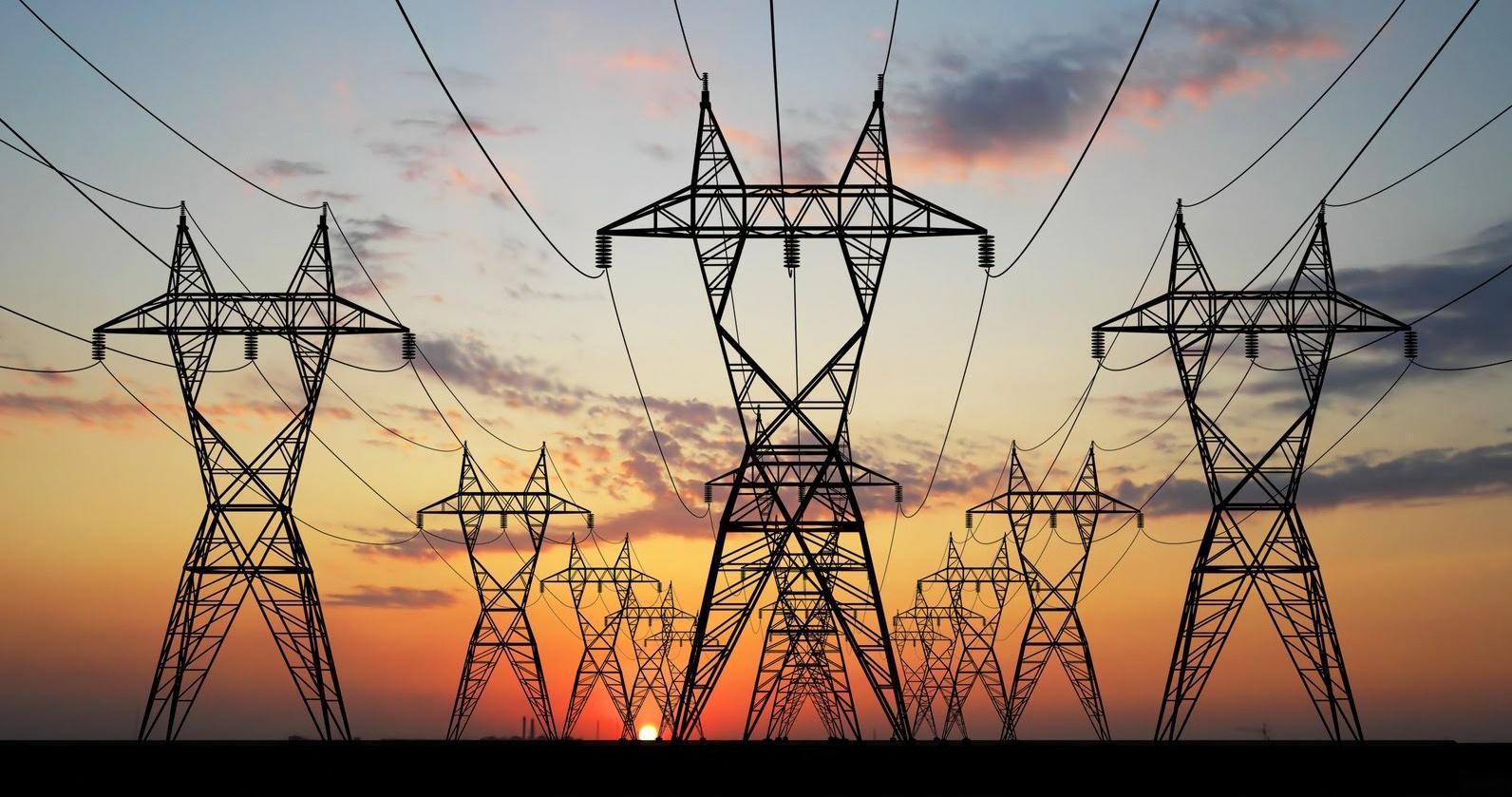Climate action and the decarbonization crossroads
It might be cliché, but we are at a crossroads as a species. If we decide we want to decarbonize the economy, it is widely believed that electrification of sectors like transportation and industrial processes are required. Therefore, for real deep decarbonization to occur, the electricity system needs to decarbonize first. In the US, emissions from electricity have decreased 28% since 2005[i],largely because of natural gas replacing coal, increased deployment of renewables like solar and wind, as well as energy efficiency. At the same time, emissions in the transportation and industrial sectors are on the rise. While the accomplishments of the energy sector to date are certainly necessary, they are not sufficient.[ii]

Several important reports were recently released in October of 2018 that relate to this topic. First, the Intergovernmental Panel on Climate Change (IPCC), the UN’s body that looks at climate science, released a report articulating that the world has only a decade left to achieve “rapid and far-reaching transitions in energy, land, urban and infrastructure (including transport and buildings), and industrial systems.”[iii]
The second report is the International Energy Agency (IEA) Renewables 2018 forecast. The IEA, an international body of energy experts created in the aftermath of the instrumental 1970’s energy crises, stated that at the current growth rate, renewables would only account for 18% of total global energy use by 2040, far below the IEA’s Sustainable Development Scenario goal of 28%[iv]. More favorable policy conditions, which the report says could lead to 25% higher renewables expansion in the electricity sector globally, would require governments to enact strong policies and regulations that give companies the incentive and confidence to invest in clean energy technologies and retire fossil energy technologies at a faster pace. The levelized cost of deploying new renewables is already less expensive in many places than building new coal or natural gas infrastructure[v], but renewables are typically competing with existing power plants, not new ones. That means to replace an existing coal plant with new wind or solar, there has to be an incentive to retire the existing plant. This is where governments play a role.[vi]
We need major transformations in both scale and speed to reduce greenhouse gas emissions to near zero. This must start with a global transformation of the electricity system. However, to date, we’re still arguing about the up- and down-sides between renewables vs nuclear, carbon capture vs battery storage, or electric vehicles vs better fuel efficiency. In reality, we need them all to achieve a real energy transition.
We need them all and we need them now. The potential climate security threats in an above 2° world are frightening. The warming planet leads to environmental impacts, like sea level rise, droughts, floods, increased intensity of hurricanes and other storms, fires, which in turn exacerbate human impacts like food insecurity, water access instability, and increased health risks. When the wrong combinations of these intensify they can exacerbate poverty, political volatility, involuntary migration, and radicalization in vulnerable populations. The national security threat of climate change should be an important factor considered by policy makers.
But despite these challenges, all hope isn’t lost. There are good examples out there of real action that can set an example for other jurisdictions to follow. California recently enacted SB100, a new law that requires California to have 100% clean electricity by 2045. This is a major step-change from the previous California renewable portfolio standard, which required 50% renewables by 2030, to a standard that requires 60% renewables by 2030 and for the whole system be carbon free by 2045. That means that additional power beyond the 60% renewable requirement can be met by any mix of no‑carbon electricity, including nuclear, natural gas with carbon capture, hydropower, or more renewables. This gives California the flexibility to decarbonize while still maintaining a diversity of electricity sources[vii]. More importantly, however, is that California’s ambitious clean electricity target is the first step in knocking decarbonizing their whole economy, beginning with the electricity sector. Decarbonizing, transportation, buildings, and industry are next in line and will be easier to accomplish because of the 100% clean standard.
Deep decarbonization will require a global effort following the IPCC and IEA reports that suggest greenhouse gas emissions are close to irreversible. Fast and far-reaching policy that follows the lead of California may be key in decarbonizing industry and the transportation sector, with the goal of significantly reducing emissions on an economy-wide, global scale.
The Aspen Institute Energy & Environment Program (EEP) is focused on bringing together a diverse group of voices to address these critical issues. You can follow along with each forum and outcomes at https://www.aspeninstitute.org/issues/energy-environment/
Footnotes
[i] “Carbon dioxide emissions from the U.S. power sector have declined 28% since 2005” EIA – Today in Energy – U.S. Energy Information Administration (EIA), U.S. Energy Information Administration, 29 Oct. 2018, www.eia.gov/todayinenergy/detail.php?id=37392.
[ii] “U.S. Energy-Related Co2 Emissions Fell Slightly in 2017.” U.S. Energy Information Administration (EIA), U.S. Energy Information Administration, 5 Sept. 2018, www.eia.gov/todayinenergy/detail.php?id=36953.
[iii] Mooney, Chris, and Brady Dennis. “The World Has Just over a Decade to Get Climate Change under Control, U.N. Scientists Say.” The Washington Post, WP Company, 7 Oct. 2018, www.washingtonpost.com/energy-environment/2018/10/08/world-has-only-years-get-climate-change-under-control-un-scientists-say/?utm_term=.de9472cbdc96.
[iv] Birol, Faith. “Renewables 2018: Market Analysis and Forecast from 2018 to 2023.” International Energy Agency, 2018, www.iea.org/renewables2018/.
[v] Waxler, Kate. “Levelized Cost of Energy 2017.” Lazard.com, 2 Nov. 2017, www.lazard.com/perspective/levelized-cost-of-energy-2017/.
[vi] DiChristopher, Tom. “Renewable Energy Is Growing Too Slowly to Meet Climate Goals, International Energy Agency Warns.” CNBC, CNBC, 7 Oct. 2018, www.cnbc.com/2018/10/07/renewable-energy-needs-to-speed-up-to-meet-climate-goals-iea-warns.html.
[vii] Roberts, David. “California Just Adopted Its Boldest Energy Target Yet: 100% Clean Electricity.” Vox, Vox, 10 Sept. 2018, www.vox.com/energy-and-environment/2018/8/31/17799094/california-100-percent-clean-energy-target-brown-de-leon.
